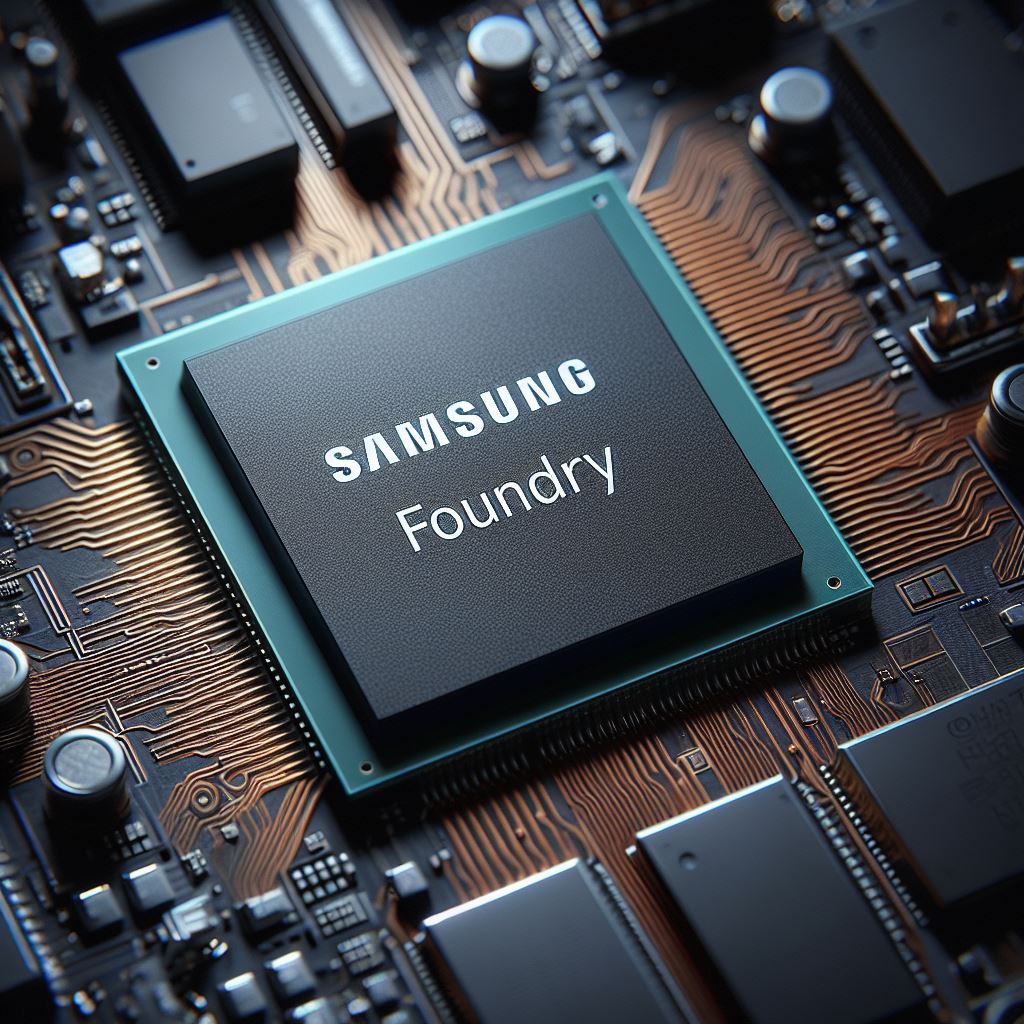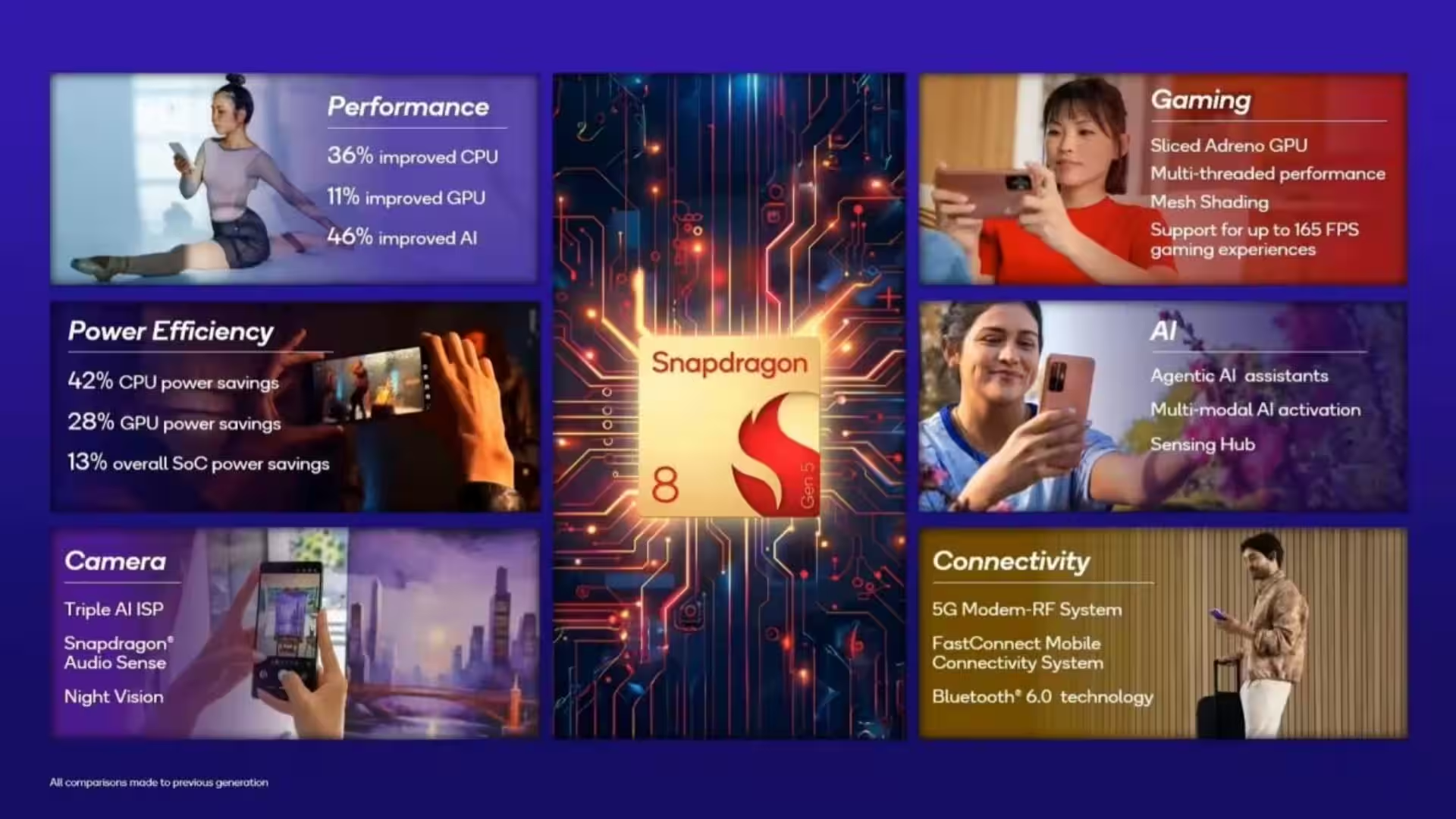Samsung Foundry, like TSMC, plans to manufacture 2nm chips in the US

TSMC has announced plans to start producing 2nm chips at one of its Arizona plants by 2028. That’s great news for U.S. tech giants like Apple, but by then the company’s advanced chips could be produced in Taiwan using 1.4nm process technology.
TTSMC has also announced plans to start producing 2nm chips at one of its plants in Arizona.
Why does the tech process matter
.
The lower the process figure, the more compact the transistors that make up the chips. This increases their density and the total number of them per component area. As a result, the chip becomes:
- .
- More powerful.
- Energy efficient.
TSMC plans to begin mass production of 2nm chips as early as the second half of 2024. The company’s first customer will be Apple, which will use the chips in the A20 and A20 Pro processors for the iPhone 18 (2026).
Samsung Foundry
plans.
Samsung is also building an advanced plant in Taylor, Texas, where it plans to produce 3nm and 2nm chips. For this project, the company has invested billions of dollars and received $4.74 billion in government subsidies. Production is set to begin in 2026, with equipment for the fab to be delivered early that year.
At the same time, the company is expected to start production in 2026.
Chips in Arizona
TSMC is already producing 4nm chips in Arizona, including:
- A16 Bionic for the iPhone 15 and iPhone 15 Plus.
- Components for the S9 processor in the Apple Watch Series 9.
.
In contrast to SoC (System-on-Chip), where all components are integrated in a single crystal, the S9 processor belongs to SiP (System-in-Package), which integrates multiple crystals in a single module.
Differences in TSMC and Samsung’s approaches
Samsung Foundry uses Gate-All-Around (GAA) transistors to produce 3nm and 2nm chips. The advantages of GAA:
- Reduced current leakage due to complete channel encirclement.
- Improved performance and energy efficiency.
TSMC, on the other hand, is sticking with FinFET transistors for the 3nm process for now, but plans to move to GAA at the 2nm level.
The company’s focus is on FinFET transistors, but plans to move to GAA at the 2nm level.
US strengthens position in semiconductor industry
Manufacturing of advanced chips is coming back to the US. Within a decade, U.S. fabs could become key players in creating components for companies like Apple.
American fabs could become a key player in creating components for companies like Apple.









